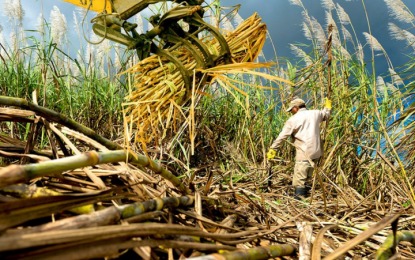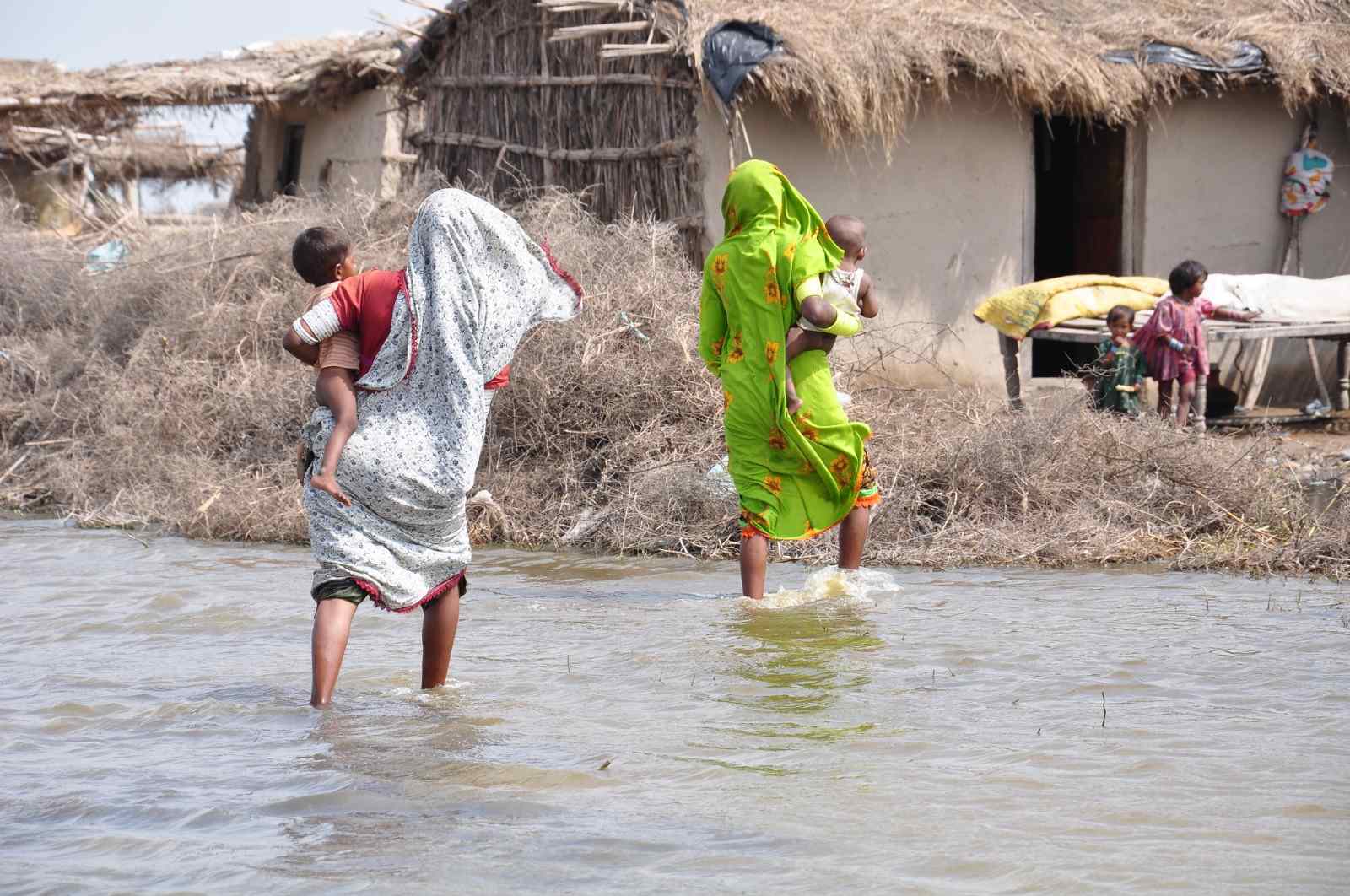Enviro News Asia, Manila — The Philippines is bracing for the effects of the La Niña phenomenon, which is expected to develop between October and December 2025 and persist into early 2026, according to the latest advisory from the Philippine Atmospheric, Geophysical and Astronomical Services Administration (PAGASA). The likelihood of La Niña occurring stands at 70 percent, potentially bringing increased rainfall across key sugar-producing regions such as Visayas and Mindanao.
La Niña typically cools sea surface temperatures in the central and eastern Pacific Ocean, leading to heavier rainfall and higher risks of flooding and landslides. These conditions could disrupt sugarcane cultivation, particularly in low-lying areas.
PAGASA also forecasted that up to 17 tropical cyclones may enter or form within the Philippine Area of Responsibility (PAR) between August 2025 and January 2026. Heightened storm activity, especially toward the end of the year, could further worsen agricultural conditions across several provinces.
During La Niña, rainfall across much of the Philippines—particularly in Northern Luzon, Visayas, and Mindanao—is expected to be above normal. While this could replenish irrigation reserves, excessive rainfall also poses serious risks to sugarcane plantations.
Waterlogged soil can inhibit root growth and reduce sucrose content, while high humidity promotes fungal and root rot diseases, potentially slashing yields.
On the other hand, elevated temperatures forecasted between March and May 2026 will pose additional challenges. Following prolonged rains, rapid drying of farmland could lead to water stress and productivity declines, especially in areas lacking adequate irrigation.
In response, the Philippine Department of Agriculture (DA) announced that no sugar imports will be made until the first half of 2026 to protect local sugarcane farmers from market volatility.
This decision followed a reported drop in raw sugar prices during the first auction in Negros on October 9, 2025. Agriculture Secretary Francisco Tiu-Laurel Jr. emphasized that any future imports would be limited to reserve sugar (Category C) and would not enter the domestic market.
“There are no, and have never been, talks about import programs for Crop Year 2025–2026 until the milling season concludes and final production figures are available,” Laurel stated.
Meanwhile, the Sugar Regulatory Administration (SRA) confirmed that import plans will not proceed until the milling season ends around May or June 2026.
Farmer representative Dave Sanson welcomed the policy, saying, “This gives us confidence that the government truly prioritizes farmers’ welfare. We hope this move helps stabilize prices amid unpredictable weather conditions.”
Currently, the total sugarcane area in the Philippines continues to expand—from 380,000 hectares in 2022 to 409,000 hectares in 2025. However, with the looming threat of La Niña, the government is urged to strengthen early warning systems, irrigation, and agricultural support programs to maintain stable sugar production and prices. (*)















